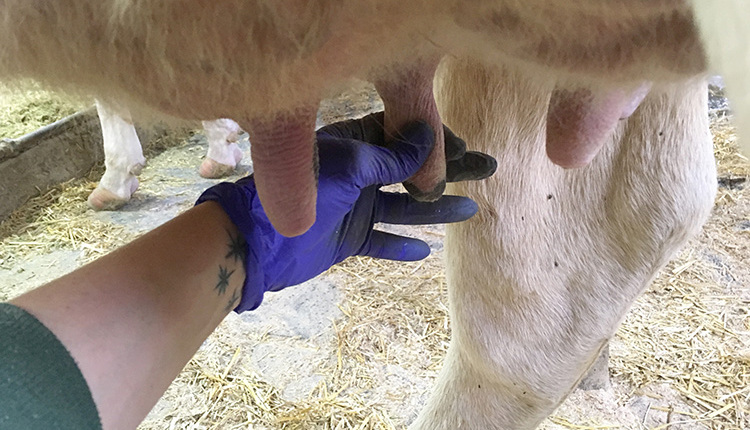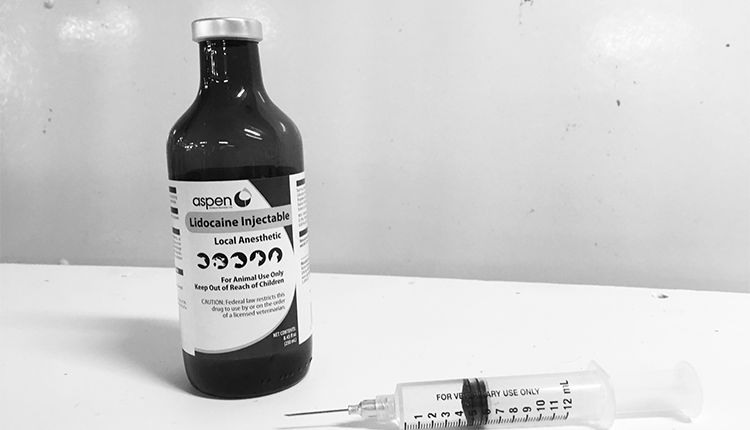
Revenue, reliable employees, and record-breaking (and structure breaking) winter weather. Right now, we dairy farmers have more than enough when it comes to serious challenges.
Let’s talk for a couple minutes, though, about a less serious challenge: farm cat reproduction.
I love having cats on our farm. I love watching our kids play with the cats. And watching the cats cuddle with our calves.
However, there’s a problem. Our cats breed like rabbits. Which means we often have way more cats than we really need. A friend of ours once joked that our cat colony could have its own herd code.
Ten percent of our cats do the rodent control around the farm; the other 90 percent just sit around waiting for us to feed them. In other words, we really only need two cats — not 20.
Every year when mating season starts — which is now — I look into contraception options for cats.
Spaying and neutering are not reasonable options. First, even low-cost spay/neuter programs charge $50 per animal. Second, cats move in and out of our farm on a regular basis.
Case in point, we’ve neutered tomcats ourselves, only to have intact tomcats move in shortly after.
We need a non-surgical method for preventing ovulation or conception in female cats.
In 15 years of looking for birth control for cats, I have yet to find a practical solution.
The Alliance for Contraception in Cats and Dogs keeps a running list of contraceptive products available for dogs and cats. The organization also shares products in development and participates in research.
One product that I thought held promise, GonaConTM, was dismissed by the ACCD because studies showed that it was less effective in the field than it was in the laboratory. GonaConTM is a vaccine that produces antibodies that bind to GnRH; it was developed by the USDA’s National Wildlife Research Center for use in managing populations of overabundant wildlife species. Even though the ACCD has moved on, I think this could work for farm cats.
So, if any of you reading this work in the pharmaceutical industry, could you help us dairy farmers overcome at least one of our challenges?
Here’s what to keep in mind:
• Farm cats are different than feral cats, in that they’re often easier to catch and handle, so once-a-year dosing would not be an insurmountable task.
• Farm cats are different than pet cats. Farmers enjoy having cats around, but don’t dress them in sweaters, take them for walks, or buy them toys. Daily, monthly, or even quarterly dosing is not practical.
• The product needs to be affordable.
• Dairy farmers are experts in animal care, so giving a cat an injection is well within our skill set.
• We don’t need 100 percent efficacy. Any solution that reduces the number of litters or the number of kittens per litter would be a huge benefit. Most of us aren’t opposed to having a few new kittens each year.
Thanks, in advance.

The author is a dairy farmer and writer from central Minnesota. She farms with her husband, Glen, and their three children. Sadie grew up on a dairy farm in northern Minnesota and graduated from the University of Minnesota with a degree in agricultural communications and marketing. She also blogs at Dairy Good Life.








